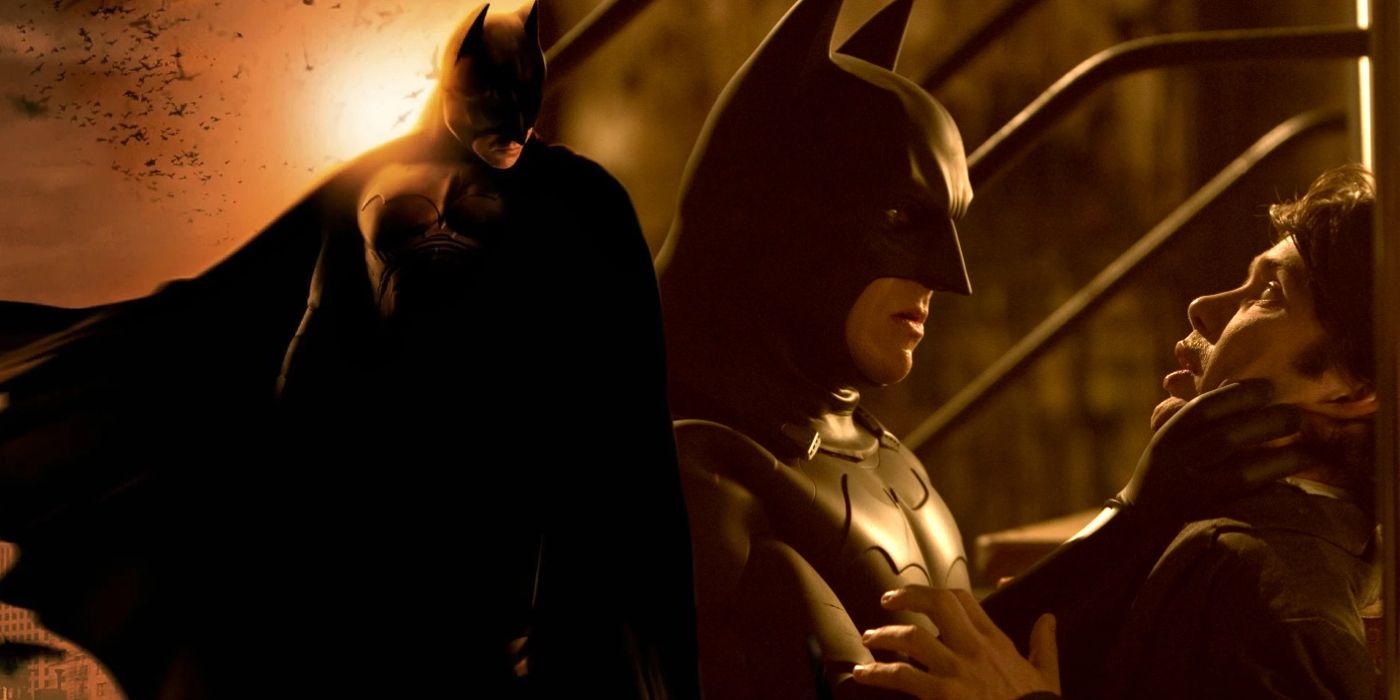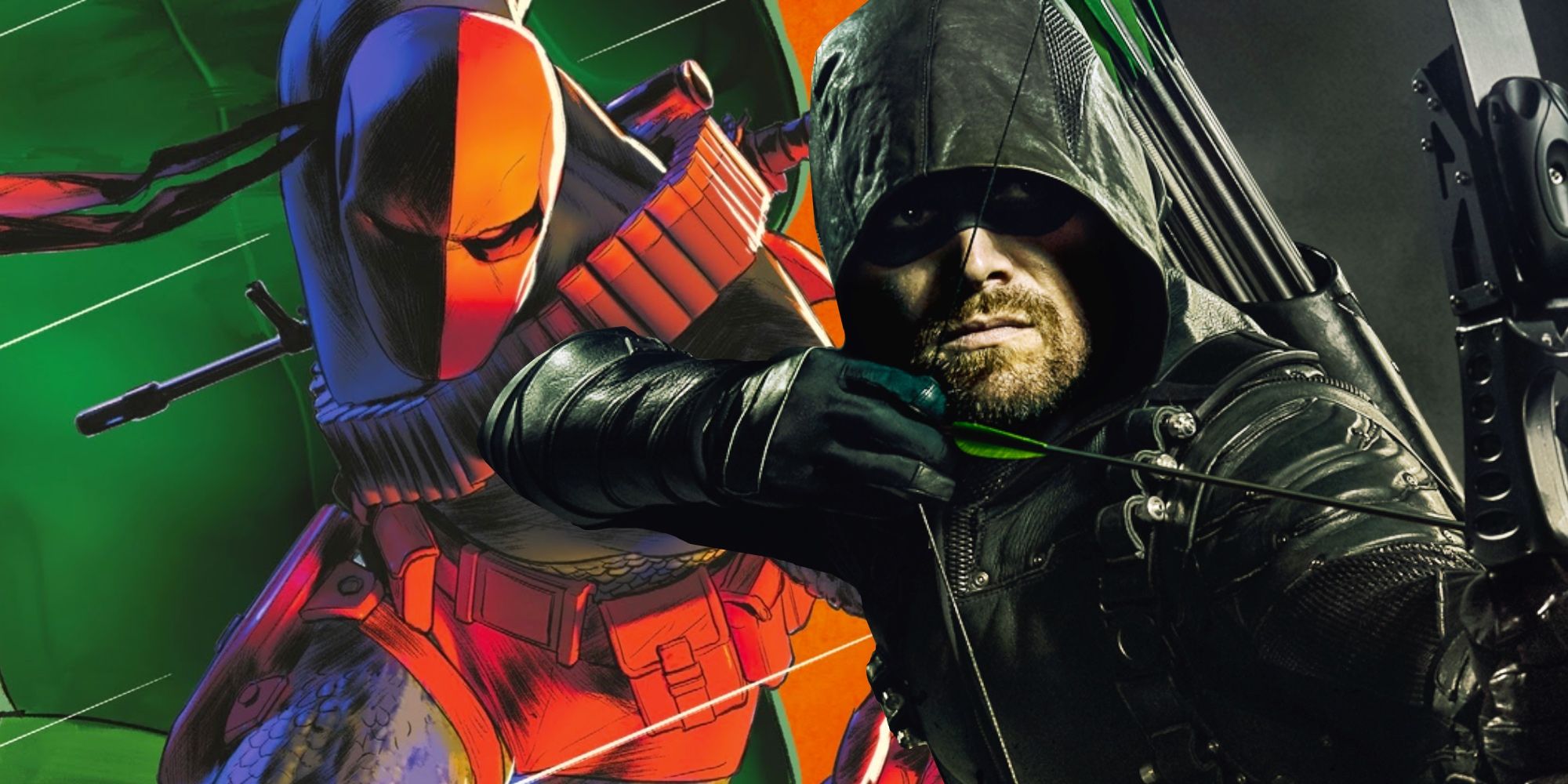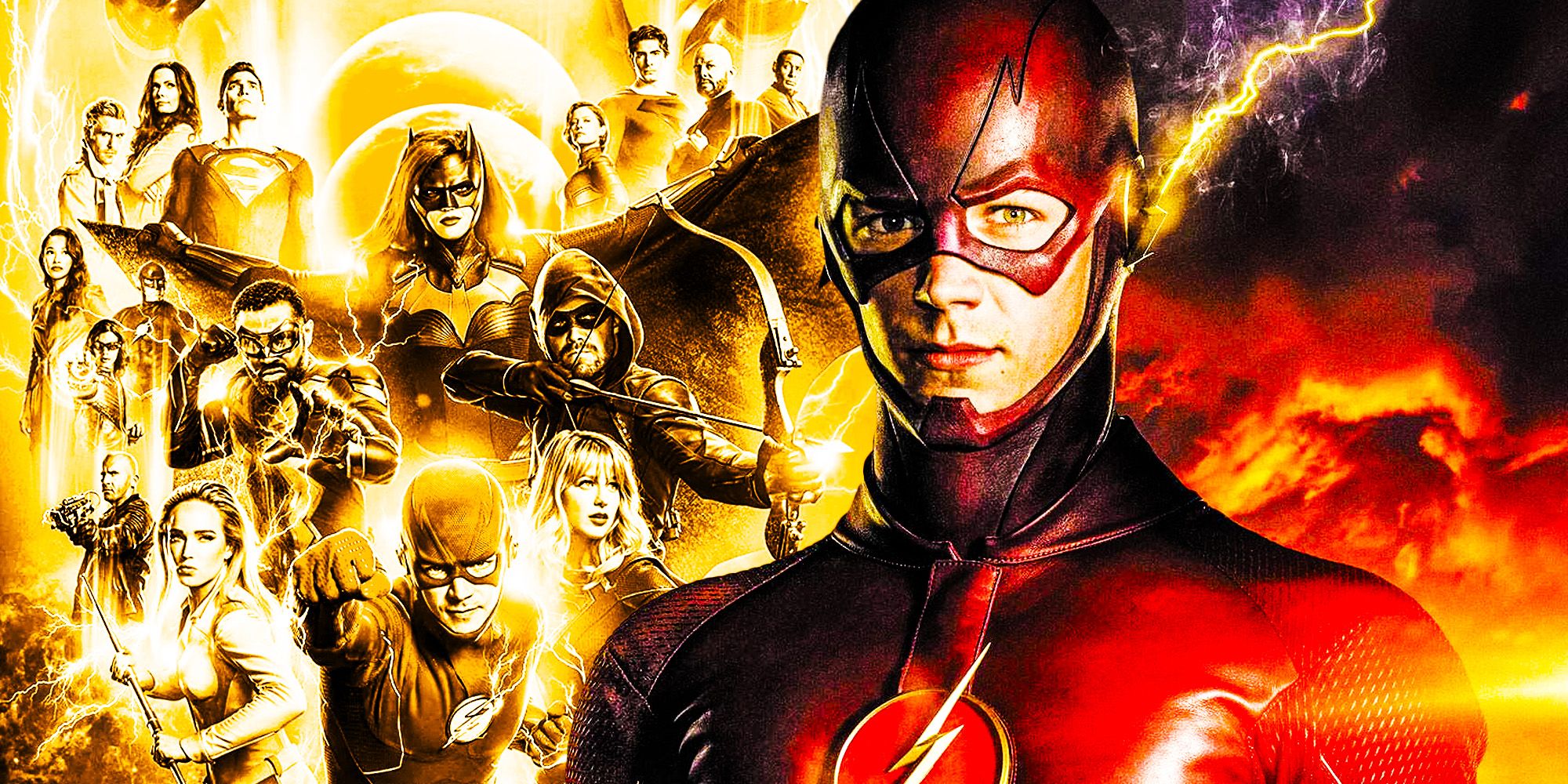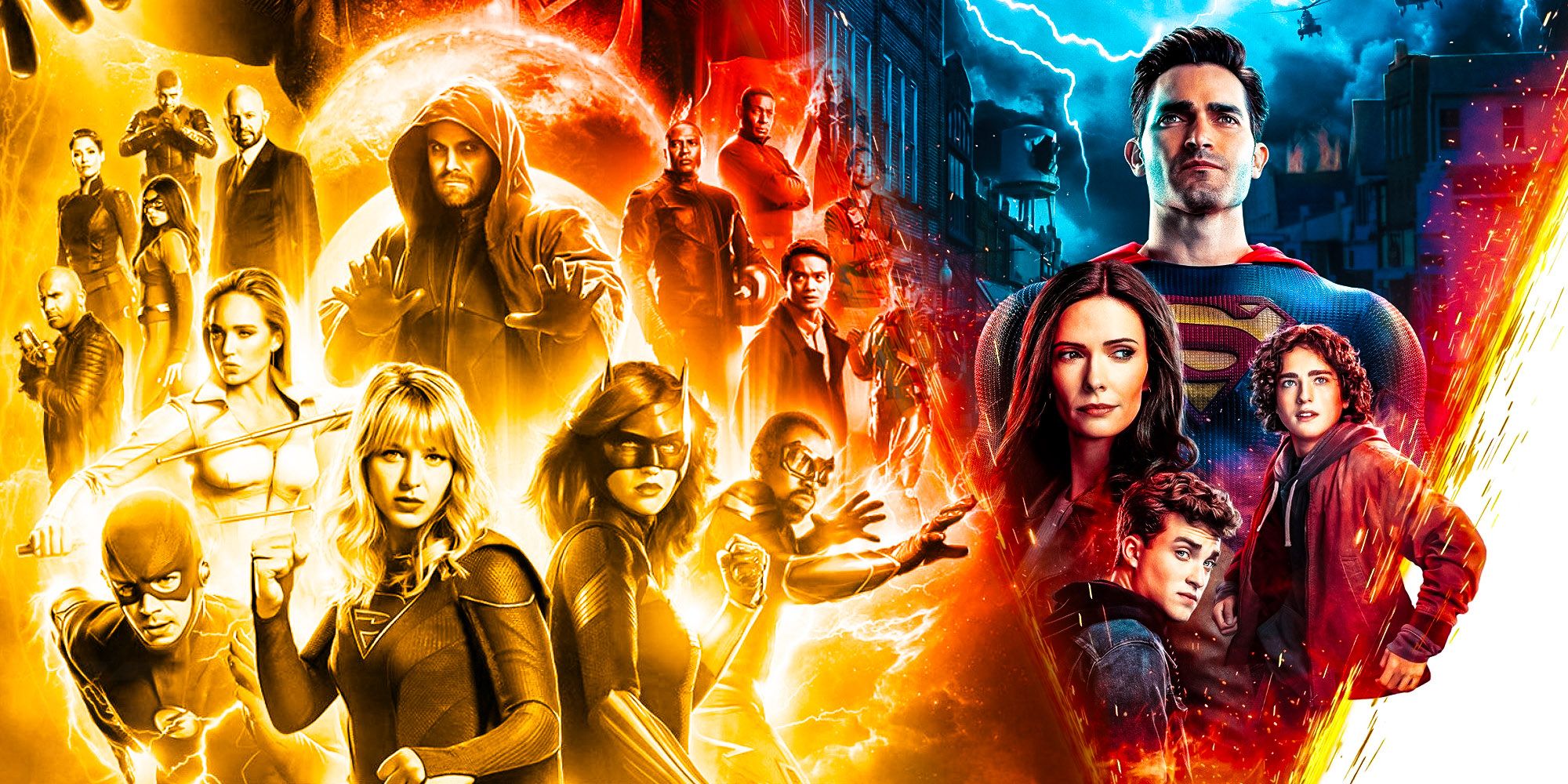Arrow’s legacy on the superhero genre is still felt both on DC and Marvel, but the impact of The CW’s Green Arrow show on other productions was actually the cause of its ruin. Warner Bros.’ TV’s biggest hope for a superhero show after Smallville’s game-changing 10-year run, Arrow had to face presumptions that it would be nothing but a less interesting version of the Superman show. It did not take long before Arrow showed that it had its own identity. A few years later, that identity had been lost due to the Arrowverse success.
With the latter seasons of Smallville making clear that not every superhero could work with the limitations of a TV budget, The CW was smart in picking Green Arrow to lead a show. Oliver Queen has no superpowers, and instead of being compared to large tentpoles like Iron Man or The Avengers, the only reference to Arrow would be the Batman films. Still, in order for a Green Arrow show to work, it would have to nail the action sequences and convince audiences that such a vigilante could exist in the real world – which Arrow did.
Released less than two years after the Smallville ending and right when The Dark Knight Rises and The Avengers were hitting the big screen, Arrow risked being overshadowed by all those established pieces of superhero content. However, by combining everything that works for a 23-episode drama with the unique possibilities of a superhero story, Arrow delivered a show that was unlike anything on TV and even on the big screen. Inspired by Nolan’s Dark Knight trilogy and comic books like Fran Miller’s Daredevil, Arrow was not necessarily a comic-accurate version of Oliver Queen’s story. Arrow managed to create a compelling version of the character, and as of season 2, the show had become one of The CW’s flagship titles. Arrow’s success led to a spinoff, The Flash, and later to an entire universe of DC superhero shows on The CW. Arrow then had to become the anchor to the Arrowverse, which negatively affected the show and got in the way of Arrow’s characters and storylines.
Arrow Was Built On Nolan’s Dark Knight Realism

After Batman Begins, but mainly after The Dark Knight, Christopher Nolan’s take on Batman had become the reference not only for DC but for the superhero genre as a whole. If Nolan’s Dark Knight was serving as a north even for fantastical heroes like Superman, it sure would reflect on a story about Green Arrow. Batman and Green Arrow share many similarities, which is something Arrow consciously incorporated. Some might say that Arrow made Oliver Queen too much like Bruce Wayne and that Arrow season 1 was too similar to Batman Begins, but it cannot be said that such an approach didn’t work. Arrow managed to translate what Nolan had done on the big screen with Batman to a serialized format with the Green Arrow, and the result was a show that met the audiences’ expectations for more realistic stories. Nolan’s Dark Knight trilogy proved that superhero stories could have high stakes and feel like part of the real world, which is what Arrow seasons 1 and 2 accomplished.
Arrow Seasons 1 & 2 Were The Show’s Best (Because Of Their Tone)

That darker, more realistic tone made Arrow distance itself from Smallville right away. Instead of struggling with budget limitations, Arrow seasons 1 and 2 made the most of the TV format precisely because it was more realistic than other superhero stories. There were no superpowers or CGI creatures involved, which allowed the show to be a simple yet highly entertaining action series. Green Arrow’s entire mythos was redesigned, and even the classic domino mask was replaced by camouflage paint. That realistic setting made every exception to the rule feel more expected. For example, when Arrow season 2 introduced the Mirakuru serum and Deathstroke’s super soldier army, it holds a bigger meaning because everything else looked real. The simplicity of Arrow’s initial two years combined with a thrilling story and charismatic characters resulted in two widely praised seasons of television. Even after an eight-year run, Arrow seasons 1 and 2 are still regarded as the show’s best.
Flash Made The Arrowverse Official (& Changed Arrow Forever)

The introduction of Barry Allen in Arrow season 2 changed the course of the show forever. Not only did it introduce the idea that fantastical beings like the Flash could exist in the same universe as the vigilante Oliver Queen, but it also served as a backdoor pilot for The Flash, Arrow’s first spinoff. The Flash meant that Arrow now had a legacy and that the formula used for the Green Arrow show could be applied to other DC heroes – even the more famous ones like the Flash. However, The Flash also meant that Oliver Queen and his team now lived in a world where people could run at the speed of light, fly, and travel through time.
The existence of Flash and countless other metahumans in Central City made it so that any sense of realism in Arrow no longer made sense. There was no justification for Arrow to try to keep its world grounded, as Oliver would often visit Barry in Central City and interact with metahumans like the Reverse Flash or Firestorm. The premiere of The Flash thus allowed Arrow to incorporate fantastical elements into the show. From Arrow season 3 onward, resurrections, time travel, magic, aliens, and even the multiverse became part of the show. While seeing Green Arrow and his team interacting with a broader DC universe made for great moments, that abrupt change from realism to a world in which everything was possible lowered the stakes for Arrow. Suddenly not even characters’ deaths had any meaning, as Sara Lance could be resurrected by the Lazarus Pit or a multiversal Laurel Lance could replace the original.
Arrow’s DC Legacy Is Remarkable (But It Cost The Show Its Identity)

The Arrowverse, the universe formed by Arrow and all of its spinoffs, grew large enough to have six shows airing at the same time – Arrow, The Flash, Legends of Tomorrow, Supergirl, Black Lighting, and Batwoman. In addition, there were also two web series, Vixen and The Ray, not to mention the Arrowverse-adjacent Superman & Lois. The success of Arrow and the Arrowverse also led to the production of other DC shows outside of The CW, such as Titans and Doom Patrol. However, as remarkable as Arrow’s legacy is, it cost the show its identity.
Arrow had to dedicate a lot of its screen time to set up spinoffs, resolve story threads from other shows, and serve as the anchor for several crossovers. Even the narrative structure of Arrow was also affected by other Arrowverse shows, especially The Flash. The idea of a Team Flash, which worked great for The Flash, was incorporated into Arrow most likely as a way to keep the Arrowverse shows close in terms of tone and structure. Essentially, Arrow lost track of what show it wanted to be amidst such a large universe. Unfortunately, even pivotal moments from Oliver’s life such as his marriage to Felicity and his ultimate death were tied to Arrowverse crossover events rather than being an actual Arrow story.




